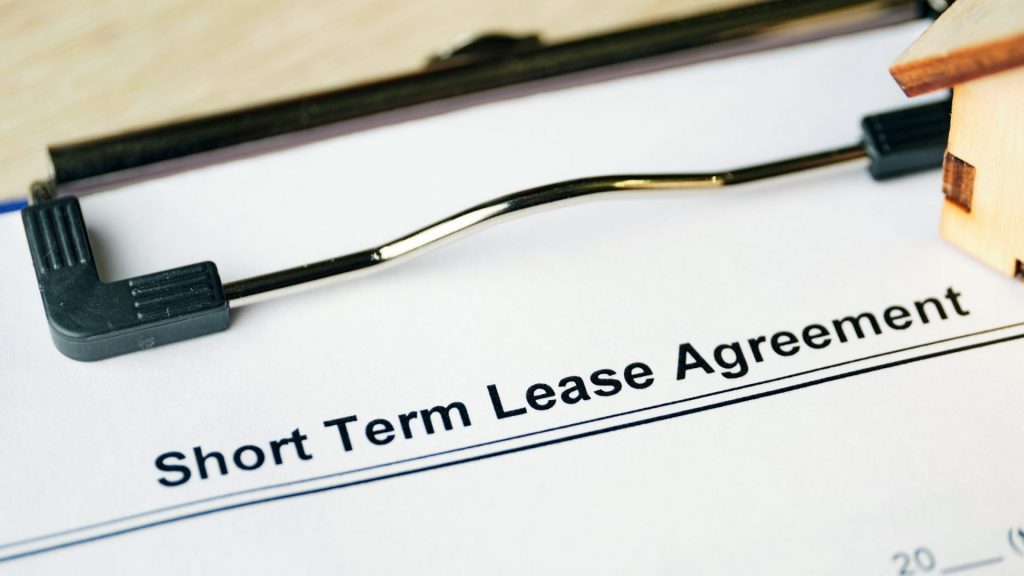Thanks for the great feedback on my last post on short-term leases, I received a few questions about this statement on potential negative impacts, “Signing short-term leases exposes a lessee to tremendous risk in retaining the underlying asset, and to predict the cost of that lease.” I’ll expand on those two risks here.
Retaining the underlying asset
By eliminating renewal or purchase options, a lessee gives up its most important ability to control the asset. Toward the end of the term, the lessee must explore alternatives to the asset, and compete with other potential lessors. Even if an alternative asset can be identified, there are additional costs to procure a piece of equipment, or to move to a new building.
Predicting the cost of your lease
Lease rates are largely impacted by the credit rating of the lessee and the term of the lease. Lessors see buildings, fleet, and other equipment as revenue-producing assets. The more surety they have that an asset will produce income, the lower the rate of return needs to be. If a lessee wants to manage its financial statements with short-term leases, a lessor will require a higher rate of return (rent!) for the shorter lease. This higher rate protects the lessor from the risk of a delay in re-leasing an asset, the costs of re-leasing, and the lessor’s ability to get financing to pay for the asset.
These risks existed long before the FASB and IASB began to discuss the new standards, but now there is more visibility to these costs. Companies would be wise to capture both their short-term leases, and their low-value leases, in their lease management system so that they can better plan for procurement cycles and avoid unexpected jumps in lease costs when renewals come into play.

